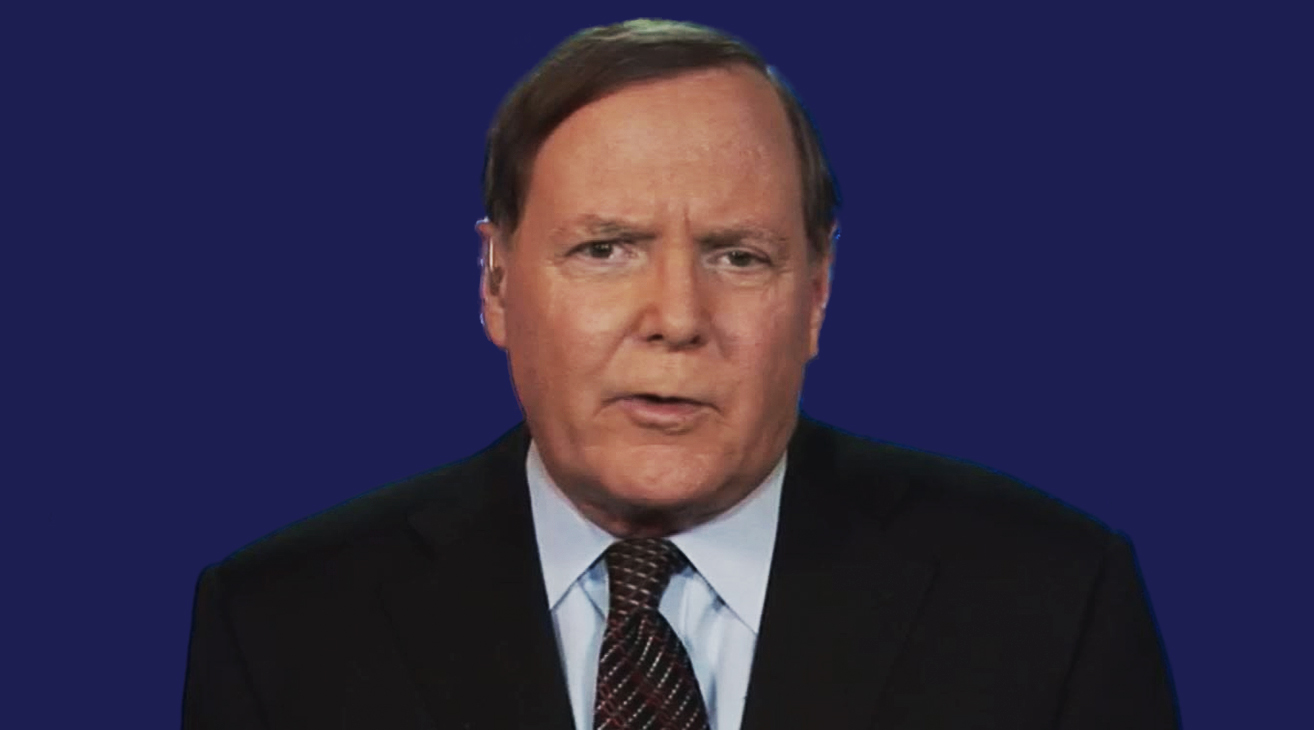by Hubert Marleau, Market Economist, Palos Management
Monetary Policy Is Not In Kansas Anymore.
There is plenty of confusion in the market as to whether we will end up with a 25 or 50 bps rate cut on July 31 and whether in the mid-term, bond yields are zero bound or heading higher toward 3.00%. It is true that markets are more random than many strategists are willing to admit. Market behaviour does not always have a clear explanation because the world of money is a complex adaptive system.
Yet it is imperative to try to understand what the market is signaling and, in turn, listen attentively to what the market is telling. As a matter of fact, it may be a good time to reflect on what the bond market is saying to investors because the Fed is in a pre-meeting blackout. Fed muteness means no opinion emitted by the policymakers. Silence can be golden, as it may reduce the likelihood of ad hoc comments by senior Federal Reserve officials corrupting the message.
Investors have gone from debating whether the Federal Reserve will lower interest rates at all to assuming it is a foregone conclusion. And this prediction is market certain, even after a string of better than expected economic prints. The Federal Reserve Bank of Atlanta’s GDPNow model estimates it will increase 1.6% in Q2, compared to estimates as low as 0.8% in May.
While the shape of the yield curve reveals that a big 50 bps rate cut is still in the cards, a 25 bps rate reduction is almost assured at the end of July. Yet, the big question that the market is grappling with is whether the highly anticipated first rate cut since the financial crisis will be followed by many others over the next twelve months.
Many market observers are pointing out that the negative yields we are seeing in the international bond market are weird. It may very well be, but it is important to read the signal. The combination of having worldwide moderate economic growth, global deflation and universal nationalism has made the central banks extremely more powerful than the bond vigilantes of the past.
There was a time when these bond traders were even capable of bringing down governments, if they did not like their policies. They were viewed as the smart guys.
Those days are long gone. Today, bond traders tend to acquiesce to the wishes of the monetary authorities. It is now generally accepted that the monetary authorities are masters of the universe with infinite power and fighting them can prove to be an expensive battle. The thing is that official communiques, non-official speeches, QE and QT are now standard instruments in the monetary policy tool box.
These instruments are able to countervene the collective view of the bond crowd. The proof is that the central banks have not only found a way to beat the bond traders, but can impose their will in determining where interest rates ought to be. It comes with the times---protectionism over market mechanism and strongman over democracy.
I’m not surprised that the NY Fed Chair John William and Vice-Chair Richard Clarida, relying on their own academic research, suggested during recent conferences the need for swift monetary action. According to their working papers, the predictive omen is the five year bond yield along with a modified way of looking at inflation and employment.
It follows that the policy rate is not based on price discovery but on a policy gauge based on economic and financial engineering filtered by the skills of central banks. In this connection, the Federal Funds rate should be in the range of 1.50% to 1.75%. The current range is 2.25% to 2.50%.
Therefore, the central bankers are in the driver's seat when it comes to propping up the world’s economy. There are geopolitical, domestic and trade war risks which are making central banks nervous.
Central banks are prowling in the corridors of the unknown in search of new monetary stimulants, being under pressure because little help is coming from governments. Their balance sheets are bloated, government budgets are in deep deficit and money rates are half the level they were before past downturns
Hence, the dovish sweep sweeps on. The BoJ and the ECB rates are below zero and they are set to ease even further in the coming months. The People’s Bank of China is pursuing easy monetary policies and a medley of smaller central banks of emerging economies around the world have already joined in with rate reductions.
At the Group of Seven finance ministers’ meeting in Chantilly last week, Treasury Secretary Steven Mnuchin said that the U.S. Administration could consider a change in its dollar policy and the euro-dollar policy in the future. We know that Trump has asked his staff to find ways to counter the currency manipulation game and weaken the greenback.
SocGen’s Albert Edwards studied this whole matter and found that QE in Europe and in Japan has worked well in driving down the Euro and the Yen. QE may not overtly target a currency, but you know as day follows night exactly what will happen.
A full blown currency war can no longer be ruled out. Powell is on record that he is considering an interest-rate reduction, a move that he acknowledged would weaken the greenback. And this is not without assistance from most of his colleagues, including two permanent and powerful voters-- John Williams and Richard Clarida---who incidentally are pushing for either a large rate cut in July or many successively small ones (July, September and December). This in spite of relatively solid economic data which stems from productivity gains.
The Bank of America asked a number of bond fund managers how many rate cuts they expect the Fed may produced by the end of 2021. While the results were all over the place, 48% are seeing the risk of rates falling by at least 100 pbs even to zero. In other words, many believe that the deflationary forces are too powerful to be stopped because they think that monetary policy is impotent unless it goes all the way.
Bob Michele of JPMorgan Chase warns that the 10-year Treasury yields are heading to zero.
P.S. Several readers asked me if deflation is still the number one threat to global stability. The short answer is that we are in a deflationary era. But, it may not be a threat to global stability. My point is that deflation generally arises either because there is a lack of demand or an abundance of supply. It is the conventional practice of central banks to stimulate the economy with easy monetary policies when the lack of demand causes an output gap--less demand then there is output potential. In such circumstances, easy money policies will initially lead to lower interest rates which bring about unwanted inflation, volatile growth and higher bond yields. That is not an ideal environment for stocks.
However, there have been many periods in the past when deflation has been the result of an over abundance of goods and services due to productivity gains. Productivity can increase supply not because prices are rising but because technology permits it. The thing is that productivity creates slack because it raises the potential growth of the economy. Imagine a situation where productivity gains are continuous. Would it not mean that the economy has room to grow whilst escaping the threat of inflation and the need for recessions to reset economic balances. I think that is why central banks have come to the realization that lower interest rates are justifiable because productivity is keeping inflation in check. And, that is an ideal environment for stocks--- low inflation, low growth, low bond yields.
P.P.S. Goldman Sachs (GS) came out with an interesting and convincing study showing that a big chunk of the productivity is not showing up in the GDP data. Suffice it to say that GS has done its homework on this. The bottom line is that the economists at GS have demonstrated with the use of national income, misclassified foreign profits and free “internet products”, that as much as 0.25% in real growth has been missed every year since 1991 ---and that amounts to 7% for the period under consideration. It also means that the inflation rate was 0.25% less than actually printed.
Copyright © Palos Management















